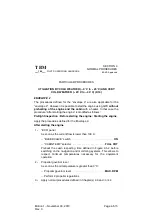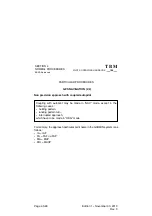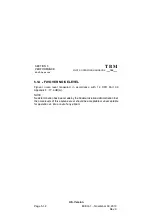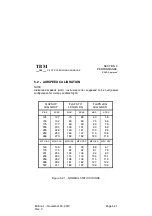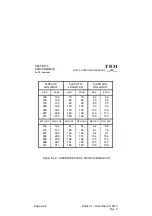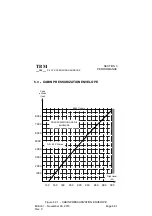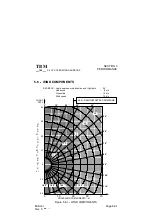
TBM
PILOT’S OPERATING HANDBOOK
700
SECTION 4
NORMAL PROCEDURES
EASA Approved
Page 4.5.22
Edition 1 -- November 30, 2010
Rev. 0
PARTICULAR PROCEDURES
LANDING
PROCEDURE
WITH
STRONG
HEADWIND
OR
CROSSWIND (1/2)
If landing must be performed with strong headwind or crosswind, increase
approach speed by the greatest of these 2 following values :
--
Δ
V
=
(WIND DOWN
−
10)
2
(Ex. WIND DOWN
=
30 kt i.e.
Δ
V
=
10 kt)
The wind down is the longitudinal component of the wind.
-- Gust amplitude
Use flaps LDG.
It is not desirable to adopt configuration with flaps TO. Lateral control is not
improved, and flare phase is lengthened in time and in distance, with
increase of piloting difficulties and landing performance.
During approach with crosswind, maintain airplane in drift correction at the
latest until the beginning of flare.
In short final, on a short runway, it is necessary to use normal approach speed
(80 KIAS) with flaps LDG, in order to avoid an excessive speed. Indeed, in
this case, landing distance indicated in Chapter 5.13, would not be
respected.
Before touch--down, generate a slideslip with the rudder in order to align
fuselage with the runway (ie left crosswind, left wing low).
Do not use or select the fuel tank on the low wing side during prolonged
sideslips with a fuel low warning or gage indicating low.
Retract flaps immediately after landing.
Flap travel is slow and will not have an appreciable effect on landing
performance.








